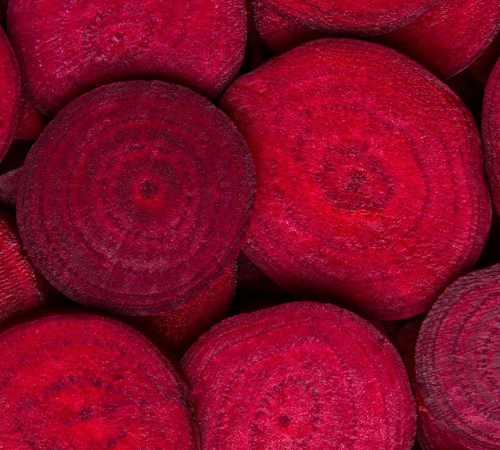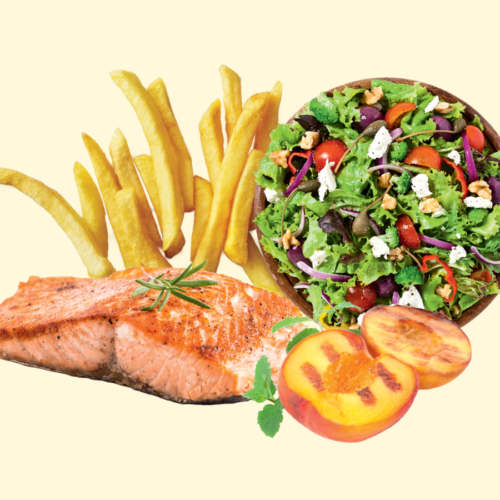
Chips or crisps are a popular snack but they can easily push your day’s sodium intake past the limit. Salt is a great flavour enhancer, but too much of it puts you at risk of high blood pressure. That’s why it pays to keep an eye on how much you’re having. Accredited dietitian Caroline Trickey explains how to make sure your occasional treat of chips or crisps doesn’t come with too much salt.
People on a western diet derive more than 75 per cent of their salt intake from processed and packaged foods − think stocks, Asian sauces, processed meats and meat alternatives, cheese, savoury biscuits and, of course, salty snacks like chips or crisps.
Unfortunately, excess amounts of salt can raise blood pressure, increasing your risk of stroke and heart attack.
And it’s not just adults at risk. Research reveals too much salt in childhood can cause a serious rise in blood pressure that progressively worsens with age. So it’s vital to be aware of how much salt is in the foods you eat.
What is salt vs sodium?
Also known as sodium chloride, salt is a compound of which about 40 per cent is sodium. Sodium is a naturally occurring mineral found in many natural, unprocessed foods. The body needs about 200mg of it a day to regulate water balance and temperature, as well as maintain good blood volume, muscle control and nerve function.
Most people consume more than double the amount of sodium they need a day. Intakes of more than 2,000mg a day can cause fluid retention and heart problems. The arteries thicken, which then reduces blood flow and increases blood pressure.
What makes chips hard to resist?
Ever wondered why you find it impossible to eat just one chip? Blame it on what’s known as the ‘bliss point’: when the combination of fat and salt (or sugar, fat and salt) in a food makes it irresistible, overriding your brain’s natural ‘stop’ signal, indicating you’re satisfied.
Even ‘healthier’ looking chips made with legumes or sweet potato can be engineered to be irresistible.
How to check labels for lower-salt varieties of chips
- Low-salt or low-sodium options, when it comes to chips, are no more than 120mg sodium per 100g
- Moderate sodium levels are <400mg per 100g
- Moderately high levels are 400mg to 600mg per 100g
- And high-sodium chips are >600mg per 100g.
If you enjoy a snack of salty chips on a particular day, try to offset the sodium by choosing low-sodium options for the rest of your day’s snacks and meals.
www.healthyfood.com










